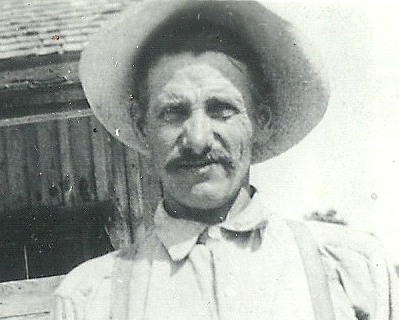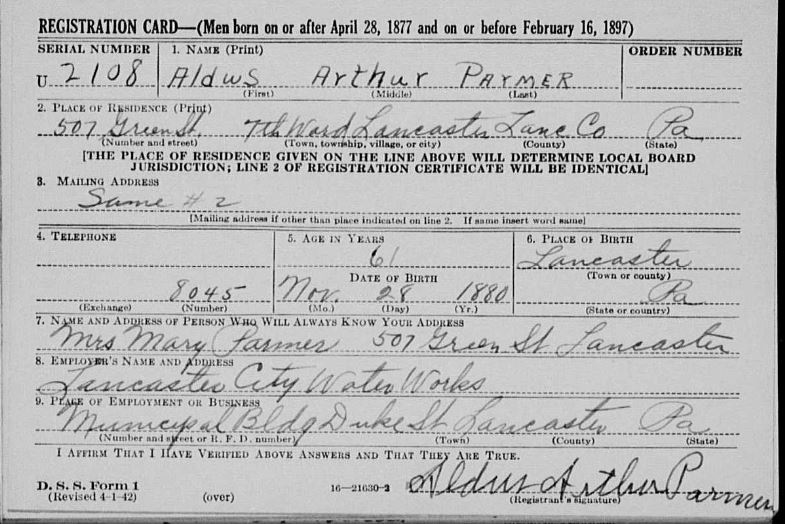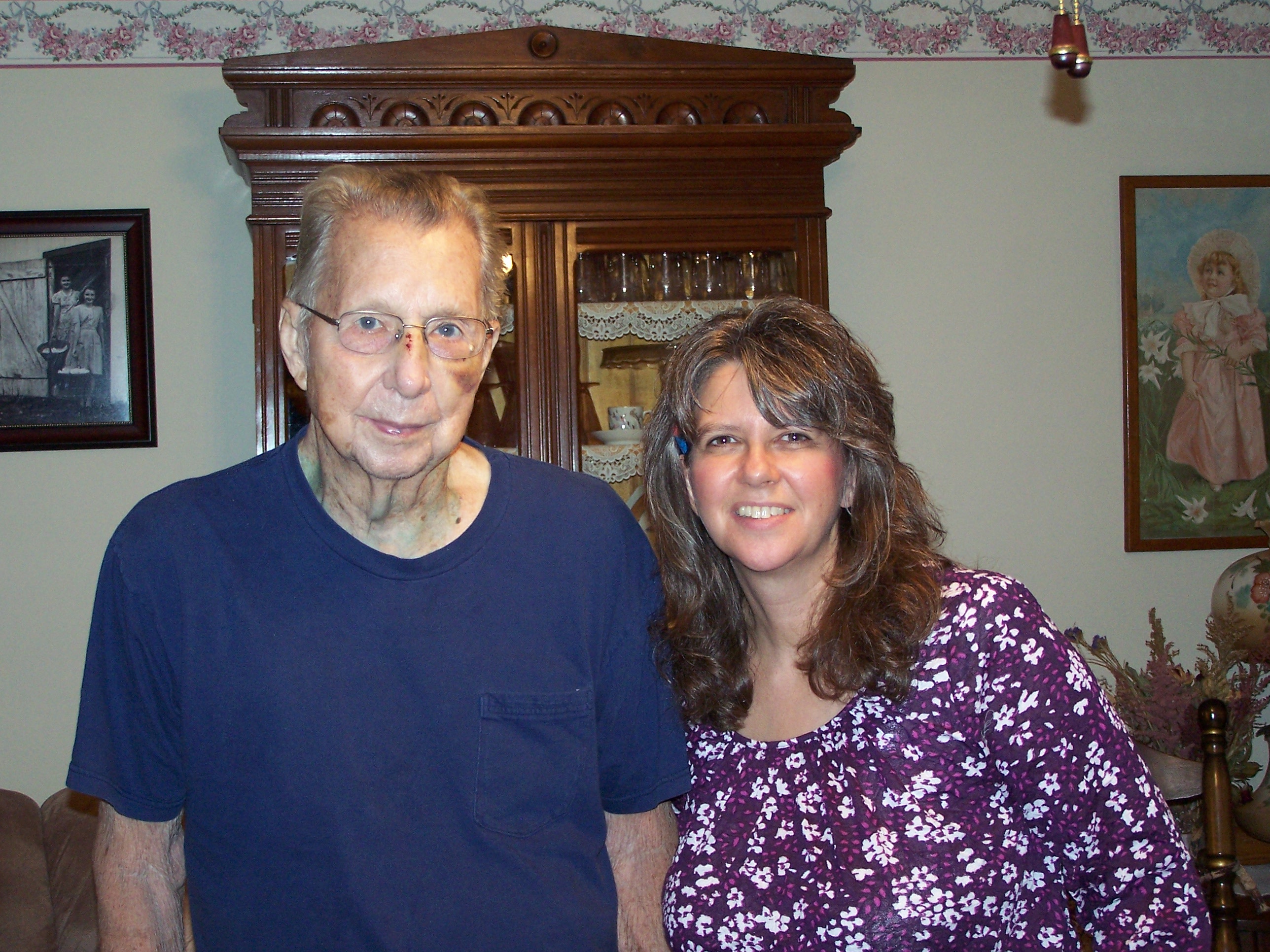Old newspapers are very interesting. They can draw interest in people never heard of before. Reading them is like taking a step back in time, but it seems as though it’s the present. You can learn all kinds of things in a newspaper–theft, the price of crops, and who was arrested for drunkenness, among other things.
Annie Parmer was the third daughter and the sixth child of Samuel and Hetty. She was born one year after her older sister died at age 3 years and 3 months. I cannot help but think that her mother must have been grateful for another daughter. Since Samuel had a sister named Ann, it’s possible his new daughter was named after his sister.
Annie’s exact birth year is a little hard to pin down. We first find Annie in the 1880 Census at age 2, shown below in the census excerpt taken from ancestry.com.

The family lived in East Lampeter Township, but the census taker did not record the street.
The 1888 Williams’ Lancaster City Directory lists Samuel Parmer living at “Rockland n Old Factory”, which translates to “Rockland Street north(of) Old Factory.” It’s possible they lived at that location for the 1880 census. But we have a second record that confirms they lived there in 1888.
On October 4, 1888, the Lancaster City School Board met. The meeting, and various reports given at the meeting, were reported in detail the next day in the Lancaster Daily Intelligencer. The City Superintendent’s Report began with statistical information about how many students attended school. Several options existed for school then, just like today. The report included students attending high school, grammar school, secondary school, ungraded school, intermediate school, and primary school. A little research is needed to learn the difference between them, but that’s part of the fun of learning history! My favorite–ungraded school. Students are not grouped by grade, but by what they need to learn. Once they learn a topic, they move on to the next group. So if they are grouped in the subtraction group, and they master subtraction, then they might move to the multiplication group. Just a fun fact!
After reporting the number of students, the newspaper listed the non-resident students by name. Here’s an excerpt taken from the October 5, 1888 Lancaster Daily Intelligencer digitally located on the Library of Congress’ Chronicling America website:

Do you see the Parmers listed as non-residents attending the Rockland Street Primary School? There’s Annie, along with her brothers Harry and Aldus. Also, did you notice that none of Annie’s siblings were attending the Rockland Street Intermediate or Secondary schools? Annie would have been about ten years old at the time. Her brother Samuel E. would have been about 14 and her sister Margie would have been about 17 years old. They possibly were not attending school anymore. Or they could have been attending school at night. Night school?! Yup. The report indicated that 203 students, including 45 under the age of 14, attended night school. But then the older Parmer children would probably still be listed as non-residents. So it’s likely they did not attend school at all and that Annie was then the oldest of her siblings still in school.
The fact that Annie, Harry, and Aldus attended Rockland Street Primary School is consistent with their home’s location. The Rockland Street School was created for students in that area, as noted in the quote below from One Hundred and Fifty Years of School History in Lancaster, Pennsylvania by William Riddle:
The first move for the erection of what is hereafter to be
known as the " Rockland Street " school house, came at the
February meeting of 1869, as a motion from Robert A. Evans,
requesting the Superintending Committee " to inquire into the
matter of more convenient school accommodations for the
children who reside on the ' Old Factory Road ' and its vicinity
and make report to the board when convenient."
The school was completed in 1876, just 12 years before Annie (and her brothers) were listed in the newspaper. Why were they listed as non-residents? I don’t know. Maybe they lived outside of the city limits. After all, the city directory listed them as “north of” Old Factory Road.
And that’s all we know about Annie until we find her marriage license in 1895. If she was two years old in 1880, then in 1895 she would have been about seventeen years old. At seventeen, she would likely have needed consent to marry. But did she get it?
That’s a question for the next post…..





















